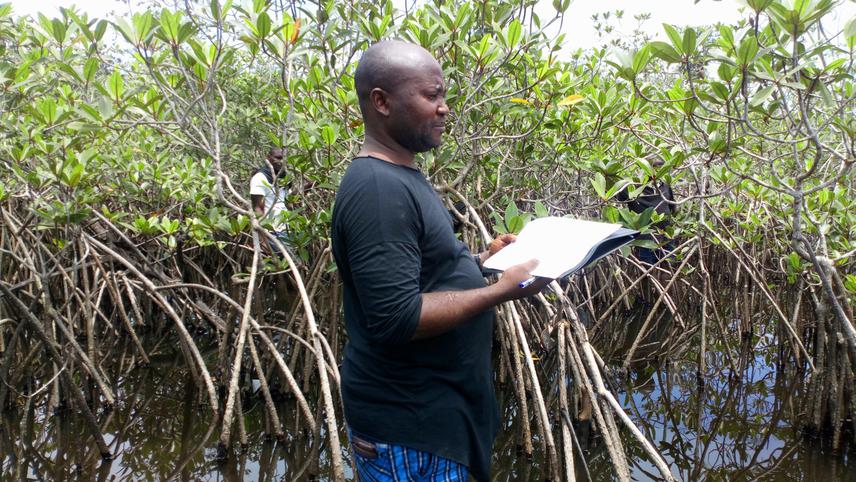John Kannah
Lake Piso was declared as Multiple Use Reserve per Forestry Development Authority Act, 2010. In addition, huge conservation measures have been put in place to address loss of the mangroves in this area. However, it’s still facing serious threats due to mangrove harvesting for charcoal production and firewood. This raises the needs to understand why the communities are not fully cooperating with conservation policies to protect the mangroves? This study therefore involves participatory approach to assess this problem. We will use our results to create conservation awareness and also share with Government Agencies and NGOs working to protect this forest.

Currently, Lake Piso is under multiple - use management regime. It is surrounded by many settlements with a population of about 20,000 - 28,000 people. This study will assess the perceptions of the local communities toward the conservation and management of mangroves. Also, we will use participatory approach to assess the current status of mangroves in and around the protected area, to determine the extent of the resource uses. The results of this study will set a new agenda for the management of mangroves in other parts of Liberia facing similar management challenges. This will for the first time introduce Community - Based Mangrove Management (CBMM) in Liberia which favors mangroves protection and encourages community participation. This, at the end, will contribute to a national wetland and mangrove management plan which will give the communities the rights to decide the management of these important habitats in consultation with the government.
The long term goal of this project is to reduce the high level of mangrove forests destruction along the coastline of Liberia and promote conservation of mangrove in Liberia.
The key objectives of the project include:
1) Understanding the conflicts that exist between protection and mangrove use,
2) Understanding the views of communities in term of managements;
3) Understanding their priorities in the management and their participation in the management,
4) If there is a need to form locally managed mangrove area.
The following activities will carried out in order to achieve our key objectives:
Activity 1: Planning and Stakeholders meetings
Activity 2: Community participation in the surveys
Activity 3: Data collection through line transect method